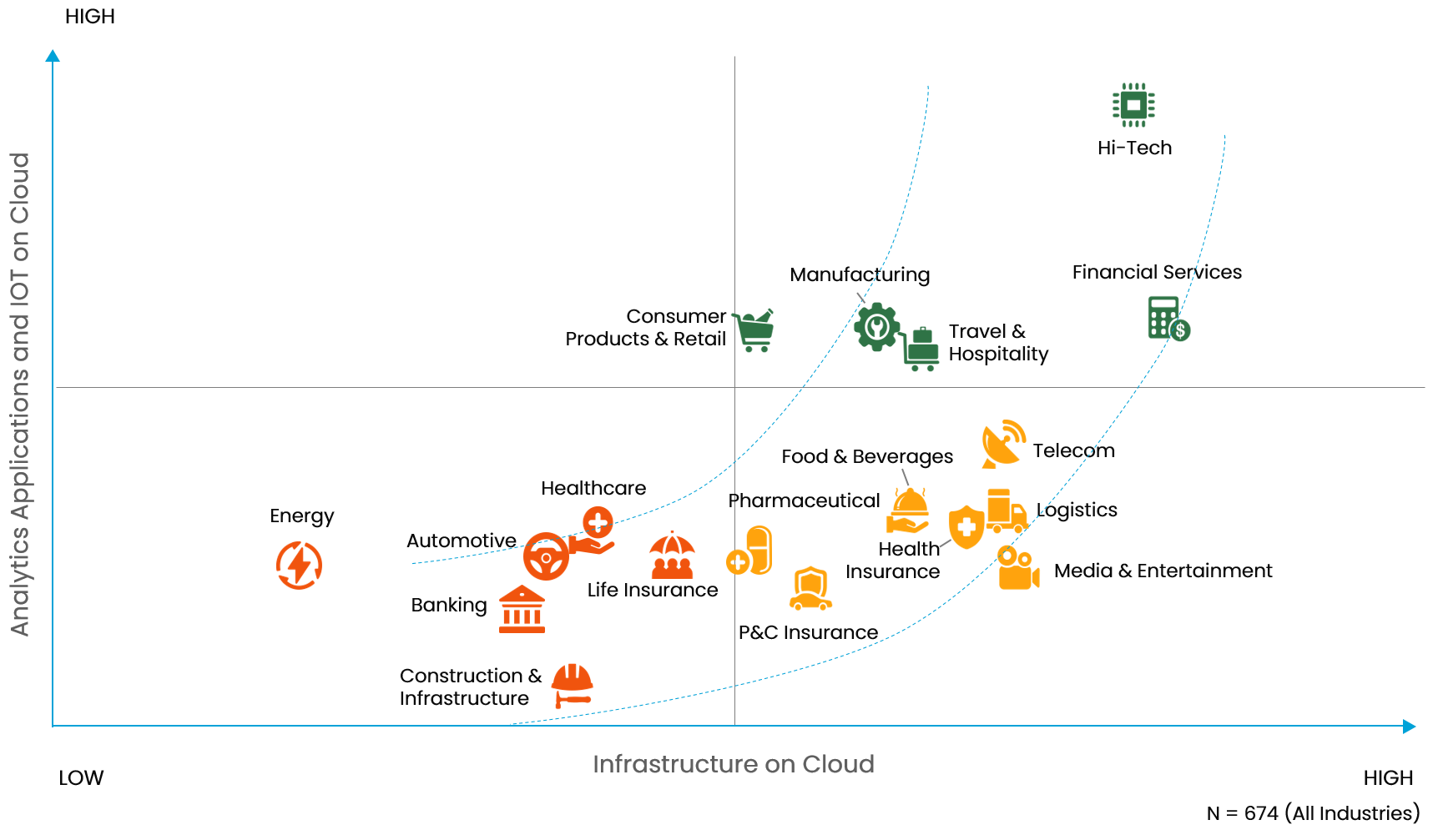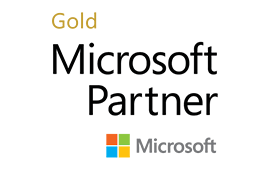The Larger the Enterprise
As the march towards digitalization relentlessly continues, on-premises (“on-prem”) data centers are increasingly unable to match the value proposition offered by modern cloud platforms. The cloud has several advantages over computing infrastructure, SaaS, and PaaS — including storage and processing scalability, disaster recovery, and cost savings over time.
For next-generation IT workloads, the value that the cloud offers is amplified even further.
However, enterprises may encounter significant hurdles during their data center migration to cloud – the larger the enterprise, the more complex it is. Here are some tips to set you up for success.
Preparing for Your Data Center Migration to Cloud
We recommend considering the following key questions during your planning phase:
Which cloud solutions partner is right for you?
An experienced top-tier provider with enterprise-grade cloud services, such as AWS or Microsoft Azure or GCP, is usually the best choice, as they are innovative and offer faster, easier platform migration and management systems.
What is the scope of your migration?
Whether you choose to move your entire data center infrastructure to the cloud or just select systems, either option has its benefits. Migrating all systems to the cloud allows your IT team to refocus on innovation, while leaving some systems in-house gives you the best of both worlds –and it leaves the window open for migrating the rest in the future.
Which systems should you move first?
Usually, enterprises transition one portion of their data center systems to the cloud at a time. Some companies choose to first migrate their email and messaging, which already have built-in cloud support, while others migrate systems whose hardware is reaching its end-of-life.
How can a migration consultant help?
However your enterprise chooses to go about it, having an experienced migration consultant at your side will smooth the journey. The right consulting partner can help you:
- Examine your data center systems objectively
- Decide on your platform provider
- Develop a strong strategy and roadmap
- Execute the move while using accelerators and other value-added tools.
Usually, enterprises transition one portion of their data center systems to the cloud at a time. Some companies choose to first migrate their email and messaging, which already have built-in cloud support, while others migrate systems whose hardware is reaching its end-of-life.

The Foundations of Our Approach
With more than 500 cloud infrastructure, platform, data, and applications migrations under our belt, the Trianz approach is refined, tested, templatized and accelerated. In addition, we have built robust methodologies, tools, integrations and libraries of reusable IP.
Moreover, we have learned from data gathered by our research arm and drawn from more than 5,000 organizations across more than 20 industries – where organizations are on their respective cloud adoption journeys and what the most successful companies have done to get to where they are today when it comes to cloud migration and management.
Our Capabilities and Methodology
For your data migration to cloud, we begin with an assessment to gain a nuanced understanding of your enterprise’s infrastructure and cloud security readiness. Then we work with you to develop a strategy, which covers workload discovery and cataloguing; re-host, replace, rearchitect, refactor, rebuilt, and retire/ retain categorization; financial planning and ROI analysis; data governance standards; platform selection, architecture, and design; cloud security assessment; and migration prioritization and sequencing.
After this, we move on to tooling, automation, and testing, which then leads to the next step – infrastructure migration. This is followed by the execution of the platform migration just prior to the final migration launch.
In addition, during the migration process, we use Trianz EVOVE, our proprietary methodology (powered by CompilerWorks) that utilizes high levels of automation and reusable components to drive accelerated and high-accuracy migrations of legacy data platforms to a modern architecture. It seamlessly migrates code to the cloud faster for a leaner environment in less time.
EVOVE – A Migration Accelerator
When it’s time to move the data, Trianz’ proprietary Evove methodology – powered by CompilerWorks -- speeds up migration, increases efficiencies, and taps into our expertise gained through hundreds of cloud migrations.
Evove gives you freedom to scale. Benefits include:
- Reliability and optimization
Identification of possible redundancies Usage of data lineage optimization to identify relevant data for migration - Cost-effectiveness
At least 50% reduction of costs because of shorter delivery time and reduced manual labor - Lower risks
Assurance that PII or confidential data is not exposed during migration Reduced migration risks through the POV/mobilization approach to migrate smaller workloads instead of using a big bang approach
Conversion of more than 95% of code to the target platform programmatically 60% less time spent to migrate

Understanding the AI Landscape in 2025
Throughout our work with you, we will leverage an “iterate, replicate, and scale” approach, in which each step is repeated until everything within that step works as expected in a client-specific environment. Once a string of steps is tested, we migrate a complete infrastructure set and replicate at scale. While it may appear that early iterations are not producing results, our experience shows that they help avoid mistakes and redundant work, thereby accelerating the overall migration cycle time.

Working with Our Cloud Platform Partners
Trianz is a managed service partner and go-to-market partner for Amazon Web Services (AWS), Microsoft Azure, and Google Cloud Platform (GCP). We can help your organization implement and support all AWS, Azure, and GCP services. In addition, we’re able to interface directly with their engineers to help ensure your systems are set up quickly and correctly.

